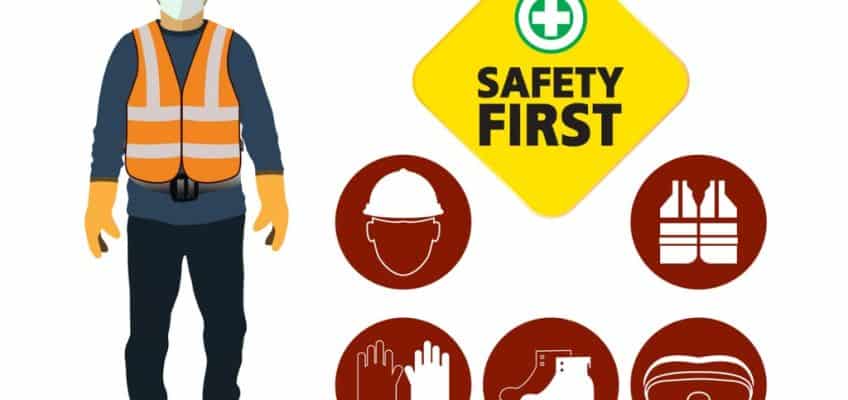When working in recently flooded areas, farmers and volunteers must be aware of and consider the following:
- Keep a volunteer register and record any H&S incidents as per usual process.
- Road and ground conditions may be slippery due to mud and silt. Caution is to be applied at all times. When driving and in doubt of the conditions, walk the ground first.
- Residual flooding may exist in some places. Caution is to be taken when crossing static bodies of water. Do not attempt to cross moving flood waters.
- Electrical and gas equipment may be unsafe due to water damage. If electrical or gas equipment has been submerged it must be checked by a competent person before being used. Never handle a downed power line and always treat as live.
- Buildings and structures may be damaged by fast moving water. Check the structures are still sound before moving across them or working within them. If in doubt, stay away from them.
- Never use petrol or diesel-powered machinery indoors or in confined spaces due to risk of carbon monoxide poisoning.
- Exercise caution around hay, grain, silage and/or other agriculture materials that have got wet. Mould and fermentation can generate toxic gases, particularly in confined spaces. If exposure is necessary, respiratory equipment is to be used. Also be aware that mould in wet hay can cause spontaneous combustion.
- All flood waters should be assumed to be contaminated. Only drink from water sources that are known to be safe or use bottled water.
- When cleaning up spilled or damaged hazardous substances, follow the instructions on the products Safety Data Sheet (SDS). When in doubt, stop and seek professional help from FENZ (Fire and Emergency NZ).
- Wash hands thoroughly before eating and drinking.
Growers seeking guidance can turn to the HortNZ website for current best available info on,
- Flood & Food Safety
- Clean-up Assistance
- Financial Support
- Health & Wellbeing



